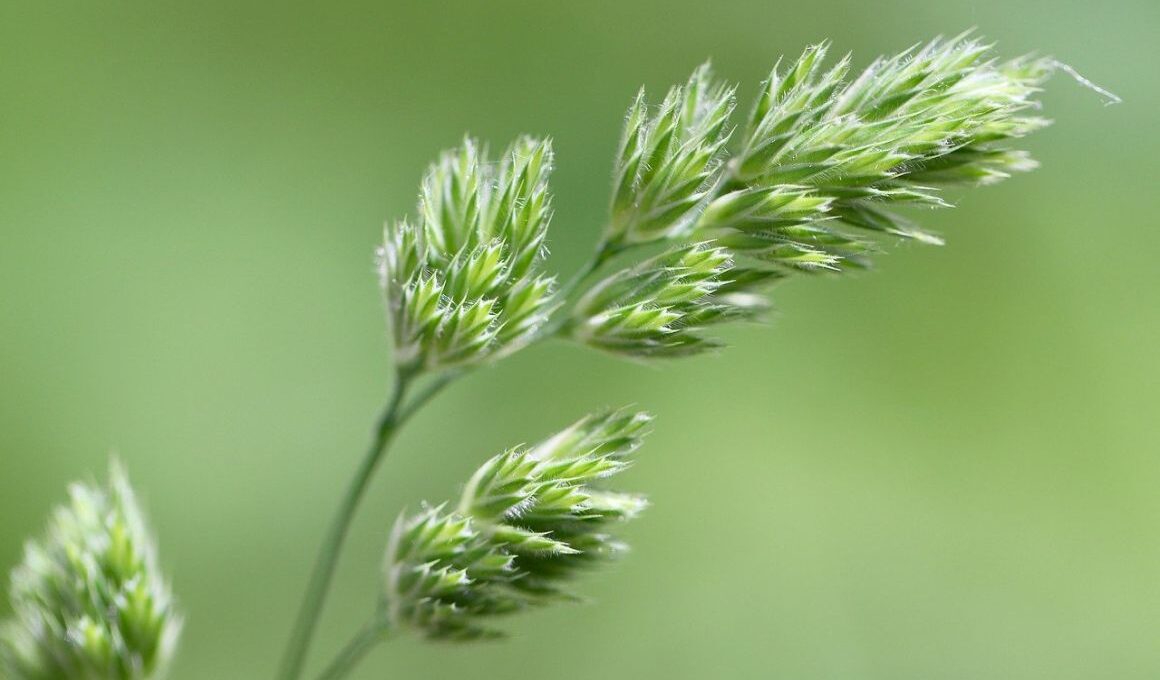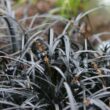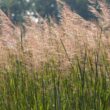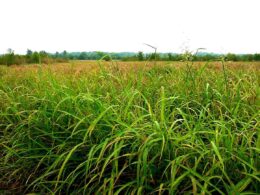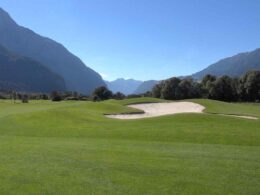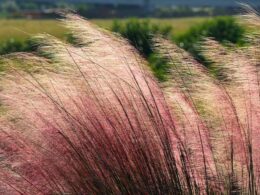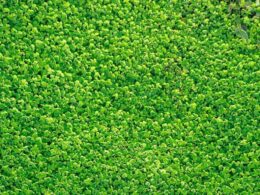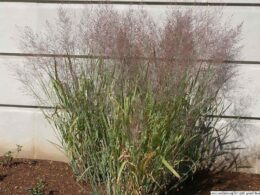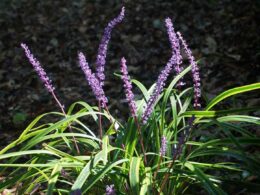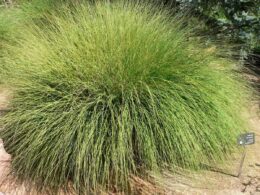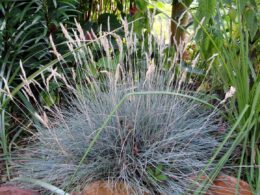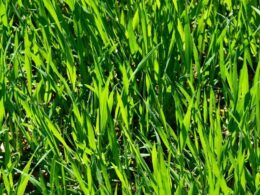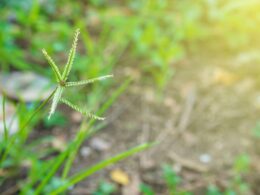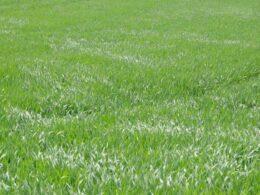What Is Orchardgrass?
Orchardgrass (Dactylis Glomerata) is one of the most popular grasses in the U.S. and Canada, and it is a major component of many cool-season pastures. It is a highly palatable grass that produces high yields of nutritious forage. Orchardgrass is relatively high in protein, digestible dry matter and energy content.
Orchard Grass (Dactylis Glomerata) Appearance
This hardy grass is tolerant of both drought and flooding, and it can even survive in poor-quality soil. In terms of appearance, orchard grass is characterized by its wide, flat leaves. The blades are usually a deep green color, although they can also have a blue-green tint. The flowers of the orchard grass plant are typically green or purple, and they bloom in mid-summer. The grass can grow 20 to 47 inches in height, while blades may be up to 8 inches.
Orchard Grass Habitat and Distribution
The distribution of orchard grass can be traced back to the western side of Europe, but has since been introduced into Australia, New Zealand and North America. Orchard grass is now found on every continent except Antarctica.
Growing Orchardgrass
Orchardgrass can be planted as a monoculture, but it is most commonly mixed with other grasses such as tall fescue, perennial ryegrass and meadow fescue to help extend the grazing season and provide more diversity in the pasture. It grows best on well-drained silt loam soils with a pH of 5.5-7.0 but will tolerate clay soils if they are well drained. Orchardgrass can be established on a prepared seedbed or by planting into an existing alfalfa or red clover stand.
Temperature
If you are considering growing orchard grass, the first step is to consider the type of climate your garden will be in. Orchard grass is cool season grass and grows best in the USDA Hardiness Zones 3 to 7. Temperatures reaching above 80F degrees with high humidity can cause orchard grass to go into heat stress, so orchard grass will not grow healthy in hot areas. If you live in a zone outside this area, it’s best to consult with a local nursery to find out if orchard grass can be grown in your area.
How Long Does it Take to Grow?
Once you determine that orchard grass will grow well in your area, it’s time to plant it. The best times of year to plant orchard grass are early spring or late summer. The growth rate of orchard grass depends on the quality of soil and the climate. In general, orchard grass is a fast-growing crop that takes about 50 days from planting to harvesting.
How to Care for Orchard Grass?
Orchard grass is a species of perennial grass that grows in clumps, forming a ground cover. The grass does well in moist soil, and can be planted on hillsides and slopes. Orchard grass can tolerate low levels of light, but prefers full sun. It can adapt to poor soils and requires good drainage. Orchard grass requires good water but not too much water, which may cause a leaf burn or rotting of the plant’s roots.
Fertilizing
Orchard grass is well adapted to most soils, but prefers fertile soils with good drainage and is not tolerant of water-logged sites. Orchard grass is a perennial cool-season grass that requires fertilizer to remain productive. Nitrogen is the most important element for orchard grass production, and soil testing is the best way to determine the amount of nitrogen needed.
Is Orchard Grass Invasive?
Some people have problems with orchard grass because it can be invasive and a bit weedy in some regions. In particular, orchard grass is considered to be a noxious weed outside its native region, so outside Western and Central Europe. A species that threatens to crowd out native species is generally not desirable to grow on purpose, so if you live in an area prone to this type of problem, you might want to think twice before investing in your own orchard grass.
Common Problems With Orchard Grass
Although it is known for its winter hardiness, orchard grass is susceptible to many diseases. The most common are stripe rust and leaf scald.
Stripe Rust
Stripe rust is caused by the fungus, Puccinia striiformis. This disease produces small yellowish-orange pustules on the leaves that are usually arranged in long stripes. Stripe rust attacks several grass species and is more harmful in cool and wet weather.
Leaf Scald
It produces dark lesions on stems and leaves, which can enlarge to cover entire leaves. Leaf scald symptoms often appear with stripe rust symptoms.
Orchard Grass Use
It is a deep-rooted species with high forage yield, excellent re-growth potential, and consistently high forage quality. Due to these attributes, it is an important forage grass for both grazing and hay land operations. Orchard grass is also valuable for wildlife because it provides cover and food throughout the year. The use of manure and biosolids application can be a valuable tool in nutrient recycling systems as well as erosion control on pastures.





